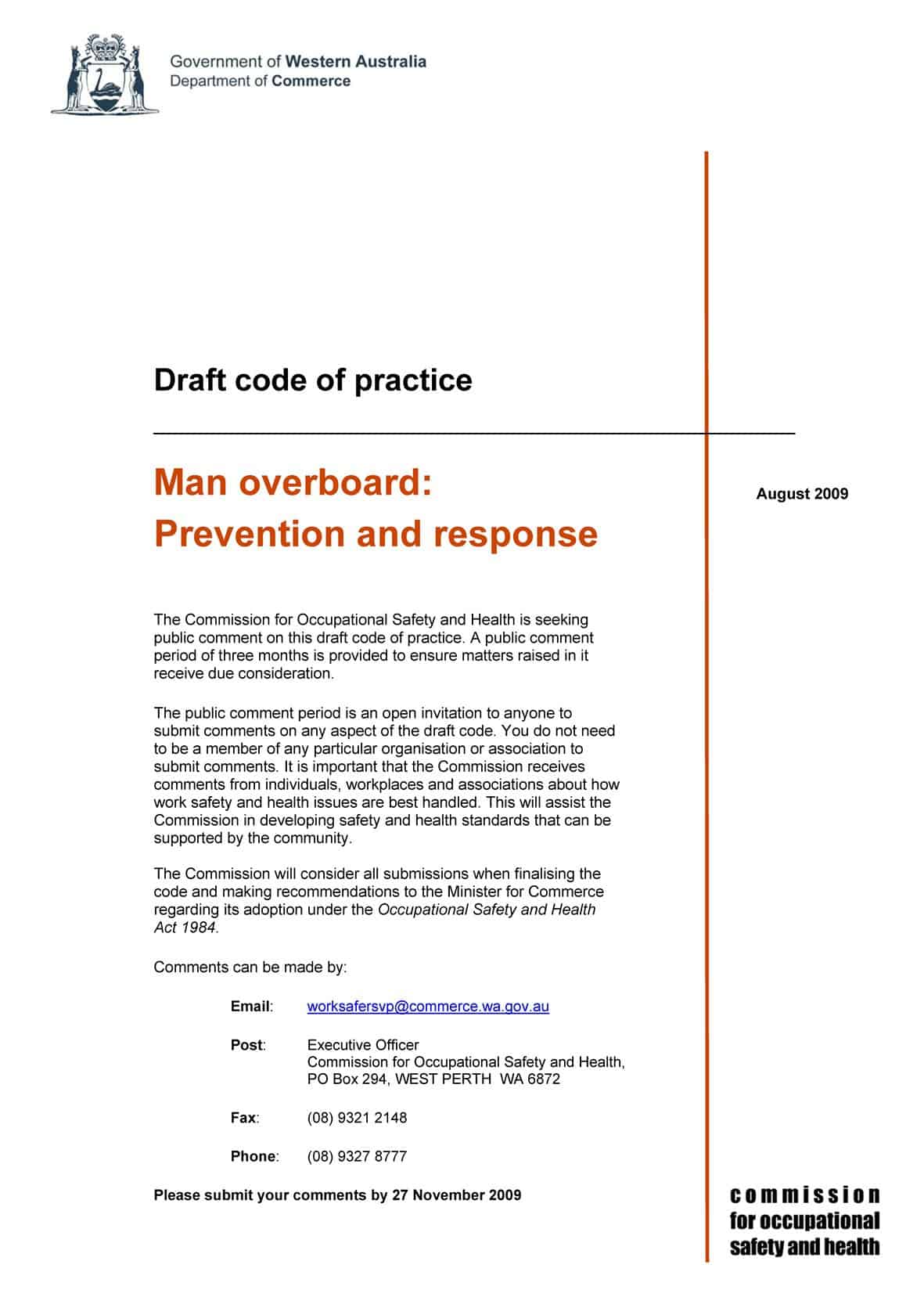According to a media release from the Institute of Medicine (IOM) in the United States, a new research report says:
“Smoking bans are effective at reducing the risk of heart attacks and heart disease associated with exposure to secondhand smoke, says a new report from the Institute of Medicine. The report also confirms there is sufficient evidence that breathing secondhand smoke boosts nonsmokers’ risk for heart problems, adding that indirect evidence indicating that even relatively brief exposures could lead to a heart attack is compelling.”
 The report claims to have undertaken “a comprehensive review of published and unpublished data and testimony on the relationship between secondhand smoke and short-term and long-term heart problems”. It has looked at “animal research and epidemiological studies” and “data on particulate matter in smoke from other pollution source”.
The report claims to have undertaken “a comprehensive review of published and unpublished data and testimony on the relationship between secondhand smoke and short-term and long-term heart problems”. It has looked at “animal research and epidemiological studies” and “data on particulate matter in smoke from other pollution source”.
The study was sponsored by the U.S. Centers for Disease Control and Prevention which has summarised the report on a new webpage. SafetyAtWorkBlog has been unable to obtain a copy of the full report.
The report is unlikely to help those safety professionals who need to control the hazard of secondhand smoke in the workplace. Legislation has been in some States of America for over thirty years identifying where people cannot smoke and around the world the major control measures are moving smokers outside and encouraging them to quit.
The IOM report seems to confirm the seriousness of the issue but provides no new ideas for control. This would be like producing a new research report that says mercury, lead or asbestos are harmful – like duh?
US OSHA provides some data on legislative interventions on tobacco smoke but new information on this hazard in the workplace setting is thin. The US Cancer Institute issued a monograph in 1999 defining ETS as
“…an important source of exposure to toxic air contaminants indoors. There is also some exposure outdoors in the vicinity of smokers. Despite an increasing number of restrictions on smoking and increased awareness of health impacts, exposures in the home, especially of infants and children, continue to be a public health concern. ETS exposure is causally associated with a number of health effects.”
More recent monographs are available at the Tobacco Control Research site.
The UK Health & Safety Executive provides this specific environmental tobacco smoke advice
- Employers should have a specific policy on smoking in the workplace.
- Employers should take action to reduce the risk to the health and safety of their employees from second hand smoke to as low a level as is reasonably practicable.
- Smoking policy should give priority to the needs of non-smokers who do not wish to breathe tobacco smoke.
- Employers should consult their employees and their representatives on the appropriate smoking policy to suit their particular workplace.
The status of workplace smoking and secondhand smoke in most westernised countries seems to have plateau-ed or perhaps got to the point where every control measure that is reasonably practicable has been done.
That people continue to die directly and indirectly from tobacco smoke illustrates the flaw in the reasonably practicable approach to safety legislation and management which is “so what do we do next?” Perhaps the attention being given to nano particles may help but is it the particulates in secondhand smoke that is the problem or the fumes themselves? Regardless, a new approach is needed to control this persistent workplace hazard. Shoving smokers onto the streets and balconies is not enough.

 PG: This is a real fascination for us. We first came across workplace safety as a major issue for one of our clients, DuPont, where safety culture is so embedded in their business that you can’t walk into their offices without picking it up. We realised that, as sustainability experts, we had hardly ever come across that issue. The people who talk about sustainability also talk about corporate social responsibility, human rights in developing countries, climate change, biotechnology, ethics, every issue you could think of but they very rarely, except in a token way, talk about workplace safety.
PG: This is a real fascination for us. We first came across workplace safety as a major issue for one of our clients, DuPont, where safety culture is so embedded in their business that you can’t walk into their offices without picking it up. We realised that, as sustainability experts, we had hardly ever come across that issue. The people who talk about sustainability also talk about corporate social responsibility, human rights in developing countries, climate change, biotechnology, ethics, every issue you could think of but they very rarely, except in a token way, talk about workplace safety.


